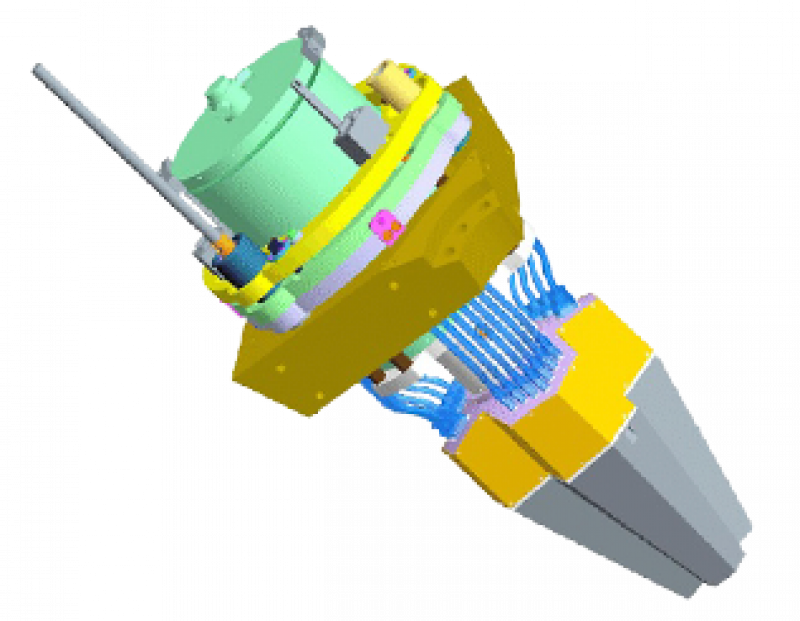Gamma ray detectors
The detection and measurement of gamma rays has so many applications because there are countless different sources that produce gamma rays. Gamma rays are emitted in nuclear processes during radioactive decay or in nuclear reactions. When a nucleus in excited energy level, goes back to ground level, it releases energy in form of gamma rays.
Radiation from gamma ray bursts, the most powerful explosions in the universe, are measured to determine their origins. Many other cosmic sources of gamma rays in the universe include stars, neutron stars, black holes, and many other unknown sources. The measurement of gamma rays within our own solar system can be used to determine origins and elemental composition.
Gamma ray detectors measure electromagnetic radiation through the process of the counting and measuring the energy of individual photons emitted from elements. The measured energy of a gamma ray corresponds to the type of element and its isotope, while the number of counts corresponds to the abundance of the radioactive source.
Different types of detectors are used for detecting gamma rays. One common method is called scintillation, which involves turning the energy of the gamma ray into visible light. The other common method, used by solid state semiconductors, creates electron/hole pairs that converts the energy of gamma rays into electricity.
High purity germanium detectors stand out as the most commonly used solid state detector material when high energy-resolution is needed.

